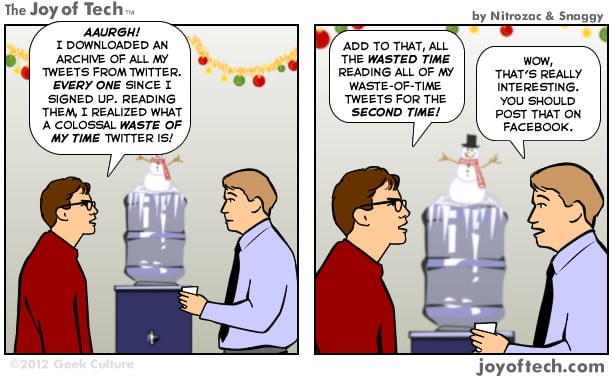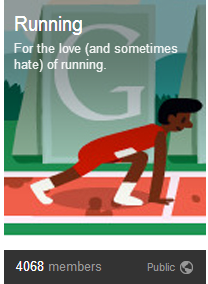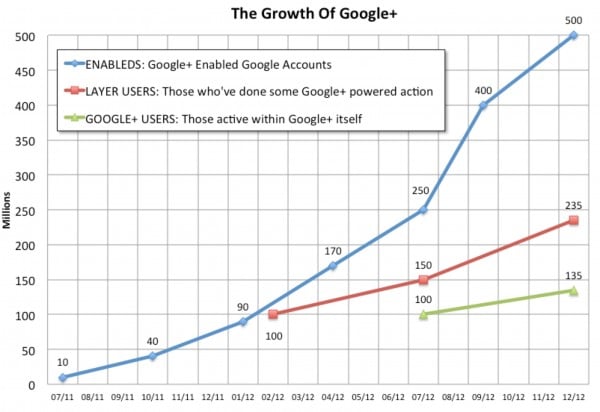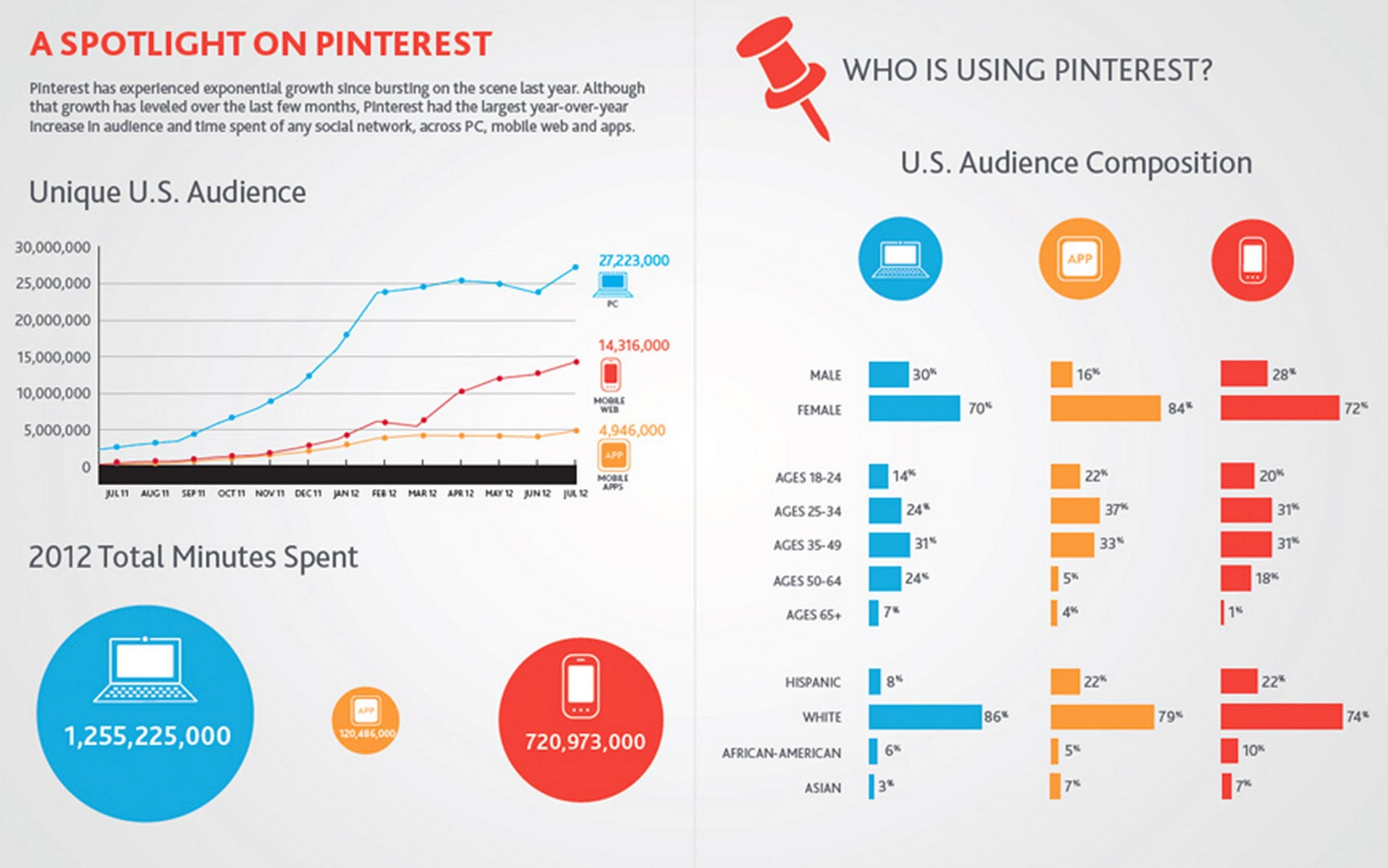“[We are] pretty sure the decline in Instagram users was due to the terms of service announcement,” AppData told the NY Post.
The news instantly went viral, prompting many users to say they were going to close their Instagram account in favour of other photo sharing sites such as Flickr. Following the outcry, Instagram CEO Kevin Systrom issued a blog post apologising for the vague language used in the updated terms and conditions, and that the service would not be selling users’ photos for use in advertising.
Instagram has now announced that it is revising its terms and conditions, with publication of a new set ready for the 19th of January.
A tough lesson for both Facebook and Instagram that shows that the viability of any social network is only as plausible as the userbase feel is acceptable.
Earlier in the year the NYT reported that Dick Costolo, CEO of Twitter, promised users they were looking into ways that allowed for such a feature to become a reality.
It seems only a small percentage of Twitter users have the feature available at the moment, but this could be widespread soon if testing is successful. If you’re one of the lucky few, you’ll have a “Your Twitter Archive” option on your settings page.
The move is particularly interesting, not because Twitter is playing catch-up with Facebook, but because it allows for easier self-analysis for brands.
It’s unlikely Twitter will be able to differentiate between a personal user and a brand, meaning if the feature did launch for the rest of us, we’d be able to explore a brand’s change in messaging and tone chronologically with relative ease in comparison to current methods.
Using other tools like Radian6 and Tweetreach in conjunction with a .csv archive of history tweets will also allow for great detailed data visualizations that can ultimately help brands decipher what works, what doesn’t and what could be changed.

Liked this post? Find much more on our Facebook page!
However, it’s been nearly a week now since Google launched its Communities and I’ve decided to have a quick look at their numbers to see how  well they’re doing in comparison to Facebook.
well they’re doing in comparison to Facebook.
Rather than plough through all of the communities, I’ve decided to look at one single popular hobby to see how well they’re doing on Facebook and Google+: Running.
On Google+, it’s accumulated a healthy 4068 members with considerably high activity, between 9- 12 posts a day currently on a single one of its discussion sections (it has 12 in total).
This is where it gets tricky. Facebook actually has its own community pages, but many have labelled Google+’s introduction as an answer to Facebook groups. Well, let’s have a look at a running group.
 Not impressed? Neither was I. What’s worse is that the groups are predominantly Greek or Italian, rather than representative of a global community. The activity on both is also low, in comparison to Google+’s page.But if we have a look at Facebook’s community page below… we see big numbers, yet no activity. You can’t actually do anything on the page. Starting up discussions about your favourite trainers, running routes or routines just isn’t possible on Facebook’s “community” page.
Not impressed? Neither was I. What’s worse is that the groups are predominantly Greek or Italian, rather than representative of a global community. The activity on both is also low, in comparison to Google+’s page.But if we have a look at Facebook’s community page below… we see big numbers, yet no activity. You can’t actually do anything on the page. Starting up discussions about your favourite trainers, running routes or routines just isn’t possible on Facebook’s “community” page. As one final test I decided to see just how well integrated Google+ communities is with Google search. To my surprise, I couldn’t actually find the Running community (with its 4000+ members) by typing in “Google+ Running Community” and “Google+ “Running” Community. I stopped looking for it after SERP 4. (Though searching for the Android community resulted in it being the first result, so it clearly varies).Ultimately, this is a single sample of one, and it should not be viewed as representative of all communities and groups on each network. Nevertheless, there are a number of interesting points we can take away from this:
As one final test I decided to see just how well integrated Google+ communities is with Google search. To my surprise, I couldn’t actually find the Running community (with its 4000+ members) by typing in “Google+ Running Community” and “Google+ “Running” Community. I stopped looking for it after SERP 4. (Though searching for the Android community resulted in it being the first result, so it clearly varies).Ultimately, this is a single sample of one, and it should not be viewed as representative of all communities and groups on each network. Nevertheless, there are a number of interesting points we can take away from this:- Google+ Communities should not be directly compared to Facebook groups like for like due to page/group ambiguity
- Facebook community pages leave a lot to be desired in terms of interaction and discussion (what’s a community without either?).
- Google+ communities are showing considerable activity, possibly due to launch hype (can it continue?)
- Not all Google+ communities have been optimised with Google Search yet
Since the start of the month there have been 26 million tweets about “Christmas” making it the biggest channel for Christmas mentions, over 1.328m mentions on Facebook in the last 14 days with posts as varied as seasons greetings, Christmas jumper fundraisers and going home to be with the family (see the wordcloud). 460,000 blog posts mention Christmas and 126,000 images reference something Christmassy. All of this activity eclipses the 195,000 articles talking about Christmas in mainstream news sites since the month started – a penny in the social media figgy pudding.
Enjoyed this blog post? Why not check out our Facebook page for more?
- If you’re looking to build an app for the first time, it’s helpful to know that Facebook re-builds its search index every 2-4 weeks – meaning any applications that you create and acquires 10+ active users, will actually take a while to appear in the search listings – so plan ahead!
- If you’re managing multiple Facebook pages, use http://www.facebook.com/insights/ to see an overview of insights for all your pages and apps.
- Struggling for time? You can easily link your Facebook pages to your Twitter accounts by going to www.facebook.com/twitter, no additional apps required that force promotion on you, just authorise Facebook on Twitter’s end and you’re all set (Twitter will even shorten the links as .fb for you).
- New to Facebook pages? Well, it has its own resources section designed to help you get the best out of your page – and while it may be easy to spot you’d be surprised how many people forget about them. The guides are extremely helpful and definitely worth reading.
- Not sure on the dimensions of cover and profile pictures to ensure quality? Check out this helpful Social Media “cheat” sheet.
Liked this post? Find much more on our Facebook page!

It is extraordinary how iconic celebrities from a bygone age, can have such an enduring popularity today. They are like mythological creatures, re-emerging from their ashes to transform into an all-new presence which permeates our popular culture. The glamorous images of late stars such as James Dean, Elvis Presley and Audrey Hepburn, have already proven their enormous appeal in advertising across all media. However, Marilyn Monroe has recently done a spectacular comeback of her own…in the social media world!
The new Chanel n°5 ad featuring the famous actress, released last November, is now one of the most shared Youtube ads of all time. The video ad, entitled Inside Chanel, contains exclusive photos and never-before-heard audio of the star talking about Chanel n°5, which was her favourite fragrance. Because she was so integral to the theme of Chanel’s campaign, which expanded across all major social networks, most notably Facebook and Twitter, Marilyn was propelled back into the public consciousness. Who would have thought that the ultimate blonde movie star of the 50s, would resurface as a successful internet meme?
As a testament to Marilyn’s über-mythical status, one exclusive photo of her, which was added to Chanel’s Facebook Fan Page, garnered, at the time of writing this post:
26,465 Shares
338,393 Likes
12,853 Comments
Astonishing figures for a post about someone who died in tragic circumstances 50 years ago.
With the amazing “Sharable” power of an iconic star now tested, I am sure that we will see more and more social media advertisers requesting the help of late celebrities for their campaigns. What goes around comes around, eh?
Liked this blog post? Why not Like us on Facebook too?
“Social” because they actually branded their network a “network thingy”, with its range of services residing underneath a “layer” of social. At the same time, it was an obvious move to differentiate themselves from other social networks (Facebook, Twitter).
In total they have 500 million users, of which 135 million are active. The number of active users rises to 235 million if you count “cross-service” integration: hanging out in Gmail, connecting with friends via search etc.
It’s interesting what they constitute as an “active” user. It seems at the moment that if you’re using Google services linked to G+ you’re automatically active. Though 135 million users active on the stream itself is no mean feat considering the skepticism that exists.
The Wired have done the math and Google+ is growing at the same rate Facebook did in 2008.
I believe the growth will continue, and so will the activity- simply because of increased integration. Facebook have proven in the past they are able to overtake other social networks based on the quality of their platform and UI, so it’s not inconceivable that Google could do the same. It’ll also be worth keeping an eye out on what they look to do with their other social properties (Orkut, Blogger) in the long run.
If you liked this blog post, you can find more content on our Facebook page

The document contains a number of interesting stats, and others that many experts would claim to have forecasted a year ago anyway.
You can find the full report here, but if you don’t feel like rummaging through the entire thing, I’ve taken what are in my opinion, key findings that marketers should be aware of:
- Pinterest has grown exponentially since its launch, in terms of users visited and time spent on the social network – which includes mobile usage. The demographic is still predominantly 70% female.
- Customer Service via Social Media (Social Care): one in three users say they prefer social media to contacting a company by phone, illustrating the importance of community management online and effective messaging.
- Social recommendations: a quarter of people said they would be more likely to pay attention to an ad shared by one of their social connections. Interesting, as Google+’s VP Bradley Horowitz recently spoke about how ads should be tailored around recommendations by friends, (social search) rather than pushed in your face based on personalised stats.
- Google+ sees an 80% increase in usage since the site went live in September 2011. This is interesting because in another one of my blog posts I highlight the growing importance of setting up Google+ for your brand (and you should be personally too for authorship authority).
- People are spending more time on PCs and smartphones (who would have guessed?) but importantly mobile app usage is up 120% from last year, with 76% of that app time used on social media – which reaffirms the growing need for brands to consider platform transition.
- Simultaneous mobile and TV usage is on the rise, with users inclined on commenting on what they watch while they do it becoming a growing trend
- Reddit and Tumblr usage continues to rise, with Reddit’s year-on-year change at a massive 342%
The stats presented by Nielsen are however largely representative of American users. They do cover Global consumer journeys (to an extent) and overall the report is well worth exploring on your own when you have the time. If you’re interested in local social networks specifically though, why not check out our whitepaper on the subject?
If you liked this blog post you can find more great content on our Facebook page!

It goes without saying that Facebook marketing is a vital part of any online marketing strategy for a business. How can you possibly promote your product or service online without being present in the world’s largest social network?! Updating your page regularly with engaging content is a highly effective way to retain the interest of your fans, and your page also constitutes a unique outlet for having direct conversations with your customers, to ultimately earn their trust and loyalty, and gain credibility.
However, a study by the social media tools/analytics company Recommend.ly has made some shocking findings: out of 5.7 million examined Facebook Pages owned by businesses, 70% of them aren’t being regularly updated – in other words, 0 updates per month! Recommend.ly also pointed out that 64% of the surveyed Facebook Pages did not have a cover photo, and a whopping 83% never participated in conversations taking place within the Pages. You can see the full story here:
http://marketingland.com/ghost-town-study-says-70-percent-of-facebook-pages-are-inactive-27091
For the reasons mentioned above, I cannot stress enough how important it is to keep adding updates and content to your Page, if you have one. Out of ideas on how to make a great Page? Check out these examples – some from top brands – and see how it is done!
http://www.noupe.com/showcases/40-great-examples-of-facebook-fan-pages.html
The investigation found that Wonga was using “sock puppet” Twitter accounts to attack critics of the firm and post favourable comments underneath articles about the company. One Twitter account was tracked to someone operating at Wonga’s London office who called Stella Creasy “mental”, “nuts”, and a “self-serving egomaniac” because of her stance against the firm and the wider payday loans market.
Writing on the OpenWonga website, Wonga’s editor Luke Manning said: “Wonga has made an immediate and unreserved apology to Dr Creasy, which we hope she will accept.”
He added: “I want to make it absolutely clear that the actions of the individual responsible were inexcusable, and completely unacceptable. I also want to underline the fact that OpenWonga was unaware of, had nothing to do with, and disassociates itself entirely from the comments directed at Dr Creasy – which were made anonymously and without authorisation by another Wonga employee.
It’s not the first time that fake Twitter accounts have been used by companies to generate reviews or promote or demote individuals, the social network is suffering from a fake identity crisis that it has yet to rectify – posting the question – who are the people behind the 400m daily tweets?






